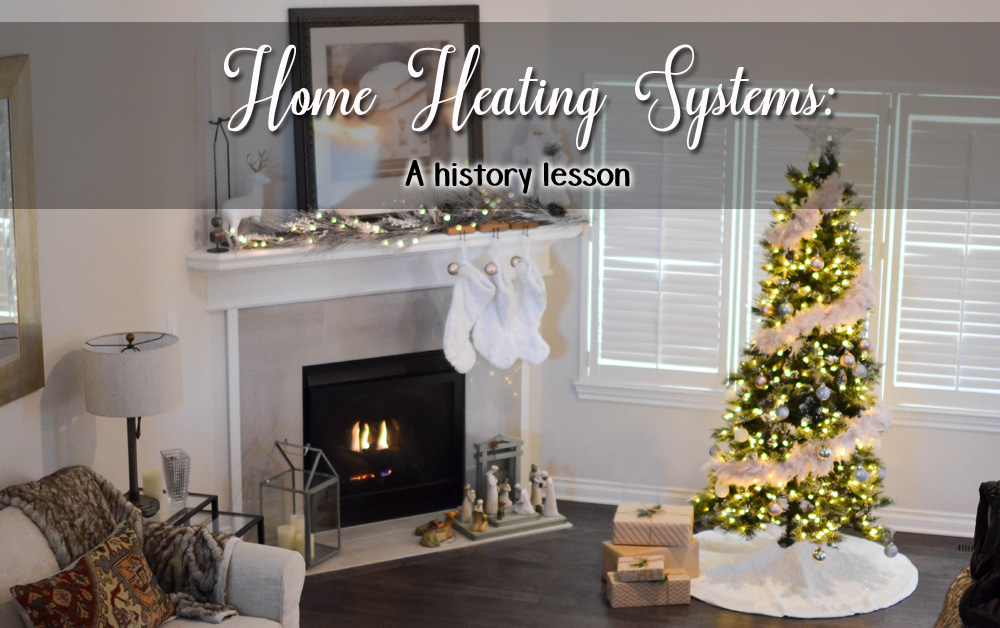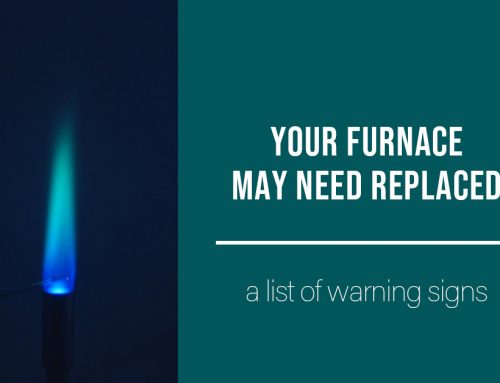Aren’t we lucky to be able to keep the frigid Colorado winter temperatures outside and keep the inside of our homes so nice, warm, and cozy? For so many of us, we take that for granted. We know that if we push the up arrow on our thermostat, our house gets warmer, and we don’t give it another thought. But how did that come about? Our ancestors didn’t always have the luxury of an automatic in-home heating system. Let’s go back in time to thank those who gave us such warm comfort!
Millions of years ago: The first humans on this planet created a campfire. The campfires were then brought into their living space in an effort to heat their home.
2500BC: Ancient Greeks were found to have been the first to develop central heating using radiant heat by way of the ground. There has also been evidence that the Roman Empire used hypocaust furnaces throughout their structures. These ancient furnaces would filter warm air through hollow spaces under the floor.
1200AD: The first types of chimneys appeared around this time created and used by Cistercian monks in Europe.
1624: Thanks to French architect Louis Savot, the use of a raised grate underneath firewood allowed the heat to circulate within the fireplace. It would draw the cool air in through the grates and fuel the fire.
1742: Benjamin Franklin invented the Franklin Stove. This cast iron furnace was designed to produce more heat and less smoke than an open fireplace. The cast-iron would also absorb and radiate heat for a longer period of time.
1880: Thomas Edison invented the light bulb, which in itself, creates heat.
1885: Professor Warren Johnson invented the first electric thermostat resulting in the Johnson Electric Service Company.
1905: American metallurgist Albert Marsh and inventor and entrepreneur William Hoskins patented the alloy
1919: Alice H. Parker received the first patent for inventing the central heating system using natural gas. Her design allowed cool air to be drawn into the furnace, transmitted through a heat exchanger which then delivered the heat to individual rooms through ducts.
1935: Scientists invented a forced convection wall heater which used a coal furnace and an electric fan, to push heat through ducts.
1943: George Löf designed a flat-plate solar heating unit and installed it on the roof of his house in Boulder, Colorado.
1948: Robert C. Webber created the first electric heat pump by reusing the wasted boiling water from his deep freezer.
2017: Researchers at the Swiss Federal Laboratories for Materials Testing and Research developed a technology that allows solar energy from the summer to be stored in the form of chemical energy to be used in the winter. It’s still a prototype but could be a way of the future.
2019: Today we are blessed to have an assortment of ways to heat our house, but the majority of Americans use a central furnace to provide whole-house heat.
Many of our modern day conveniences wouldn’t be around today if it wasn’t for all the inventors of times past. We can enjoy warm and comfortable homes, even in the freezing cold temperatures of winter. We can keep your furnace up and running to keep you warm. Heating systems are one of the biggest utility expenses for Colorado homes on the Western Slope. We can identify any inefficiencies, as well as provide you with options for a new high-efficiency system if necessary.
Sometimes blessings are curses because even today our furnaces need to be maintained, repaired, and replaced as they age or break. If you experience an issue with your furnace give SAM’s a call and we’ll send a professional technician to evaluate the issue. In the meantime, jot down our phone number (970) 249-6790 and then settle in your comfy clothes and appreciate the history of how convenient warming your house is.


